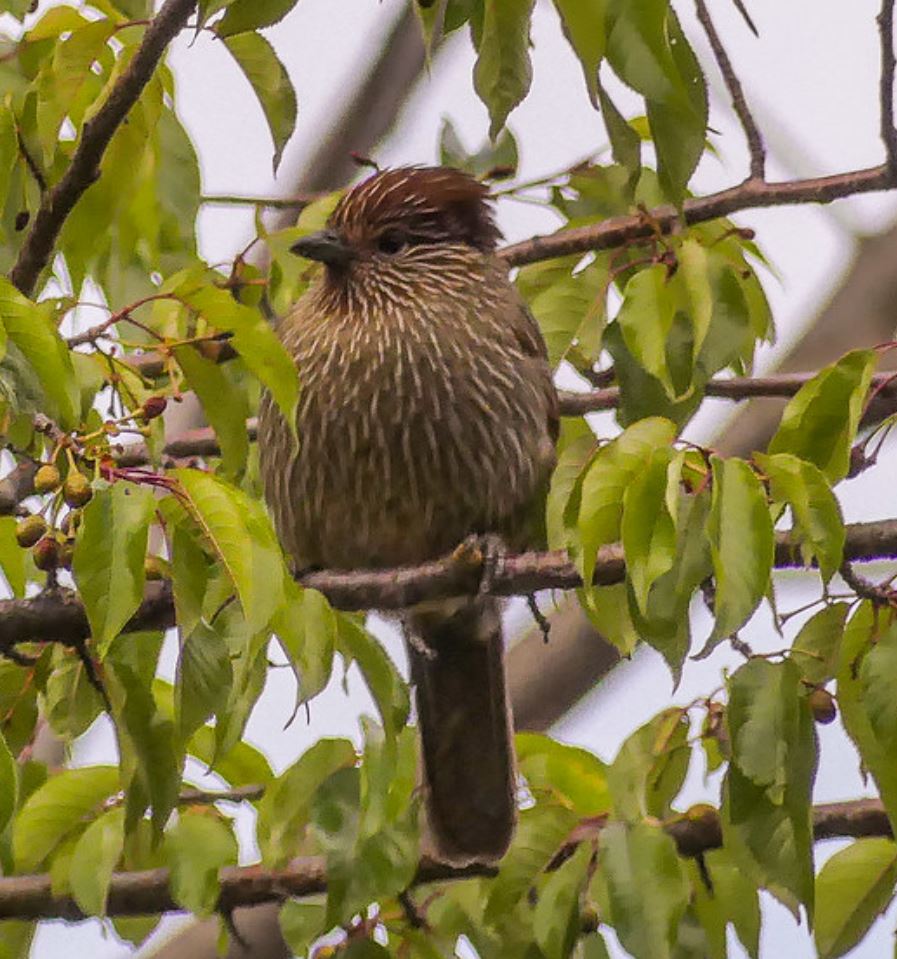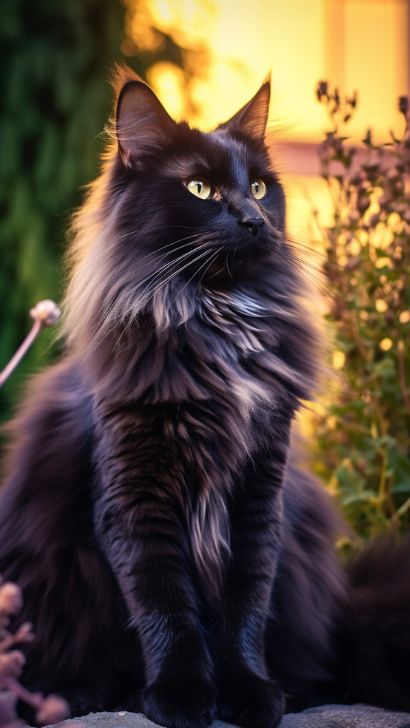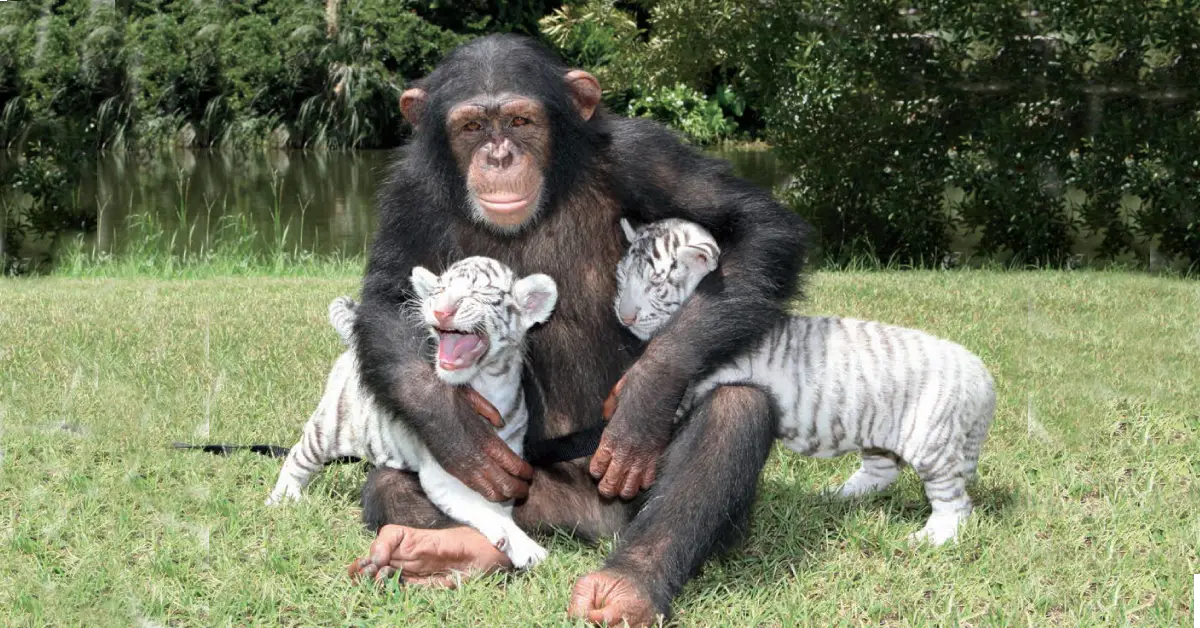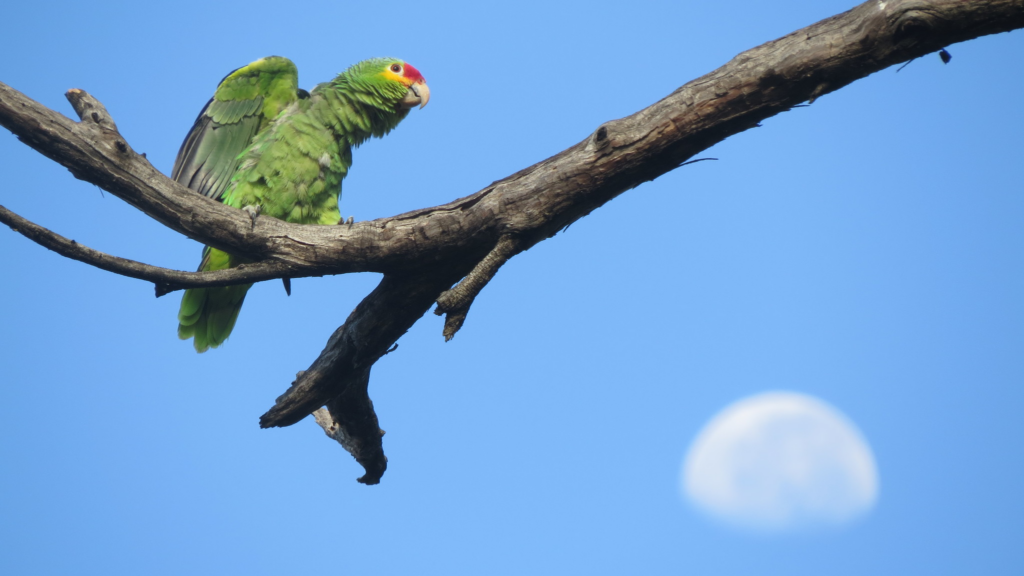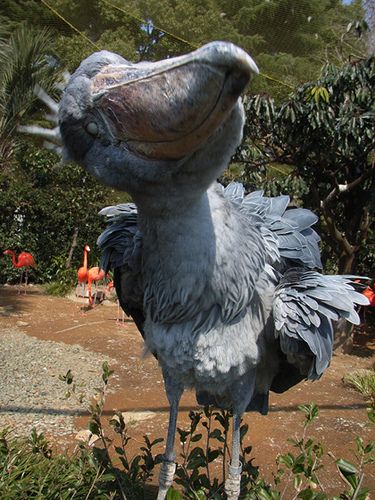
Deep in the lush rainforests, a magnificent creature takes flight, its wingspan casting a shadow on the canopy below. It is the Great Hornbill, a symbol of grandeur and awe, whose presence evokes awe and admiration. Standing tall, with its striking black plumage and enormous, curved beak, the great hornbill is a true embodiment of magnificence. Their size is impressive, with some individuals reaching lengths of up to four feet. Its wings, adorned with striking white stripes, allow it to fly gracefully through the forest, navigating effortlessly between the towering trees.
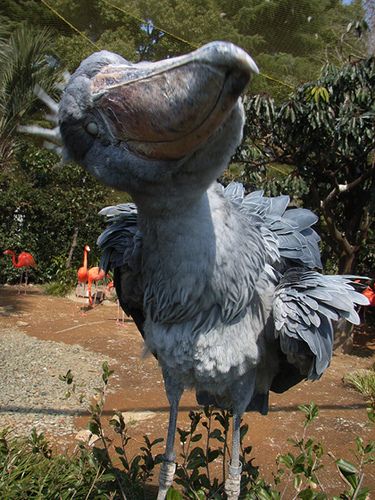
One of the most distinctive characteristics of the Great Hornbill is its remarkable beak. Best of all, you’ll be proud of yourself, you’ll be more than happy. It serves multiple purposes, from collecting fruits and insects to establishing dominance and attracting mates. The resonant echoes of their deep, ringing calls fill the air, signaling their presence and echoing through the forest like a proclamation of their territorial tuymites.
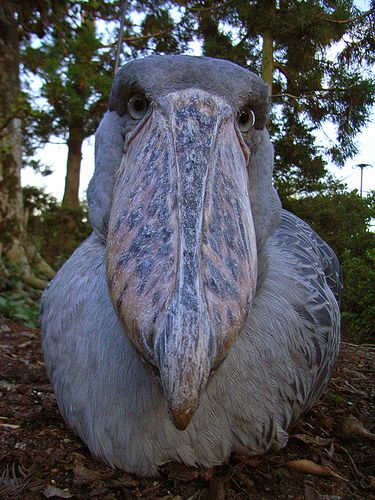
These magnificent birds are not only famous for their physical appearance but also for their fascinating behaviors. They form strong monogamous bonds, with males and females engaging in elaborate courtship rituals. The male will present offers of food to the female, demonstrating her commitment and dedication. Once a pair has bonded, they work together to build a nest high in the trees, creating a safe haven for their young.
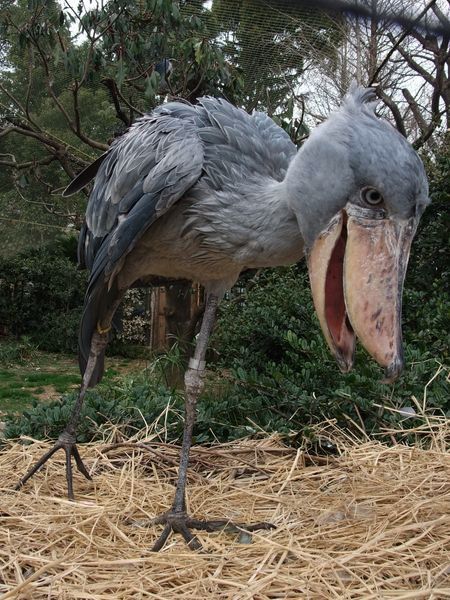
The Great Hornbill’s diet consists mainly of fruits, with figs being a favorite delicacy. Its large beak allows it to pluck fruits from branches and throw them into the air, catching and consuming them effortlessly. By feeding on the fruits, it becomes an important seed dispersal agent, contributing to the growth and diversity of the forest ecosystem.
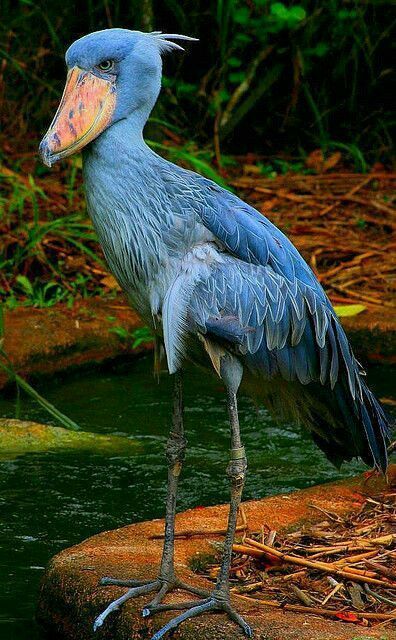
Although revered for its grace and magnificence, the great hornbill faces challenges in its natural khaobitat. The truth is that the deforestation of the plant is important in the past, so it’s important. Local organizations and communities are working tirelessly to protect these majestic birds and the ecosystems they depend on.
